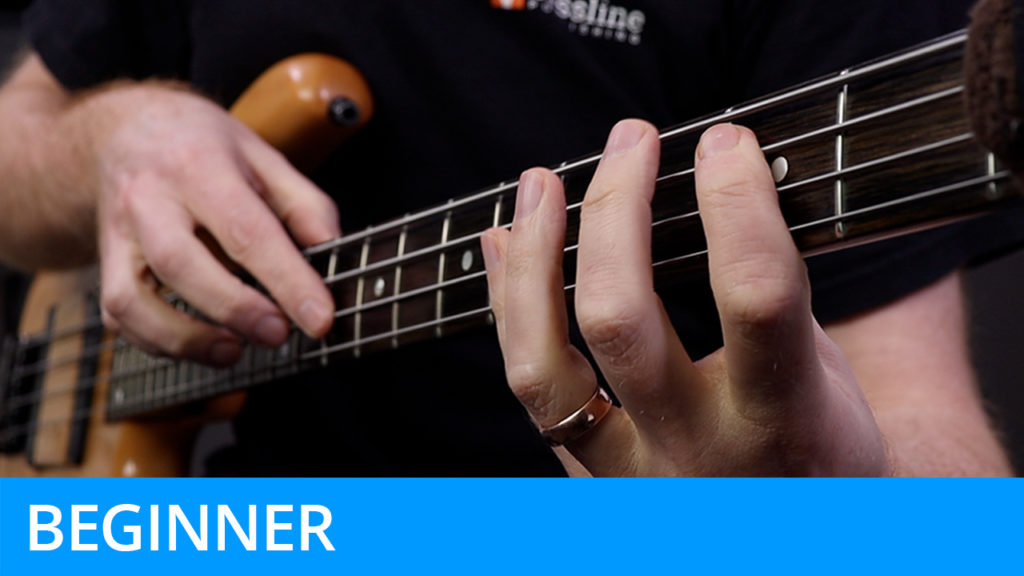Tapping Arpeggios (Part 2)
Course Duration: 16 Minutes | Difficulty Level: 2
This course expands on the previous tapping arpeggios course and adds sevenths to the triad arpeggios that were covered at last time. You will find that adding sevenths to the basic major, minor and diminished chord types creates some considerably more colourful chords and arpeggios.
Don’t forget to hit the Download Resources button above in order to download the PDF worksheet and audio files for this course (available to subscribers only).


